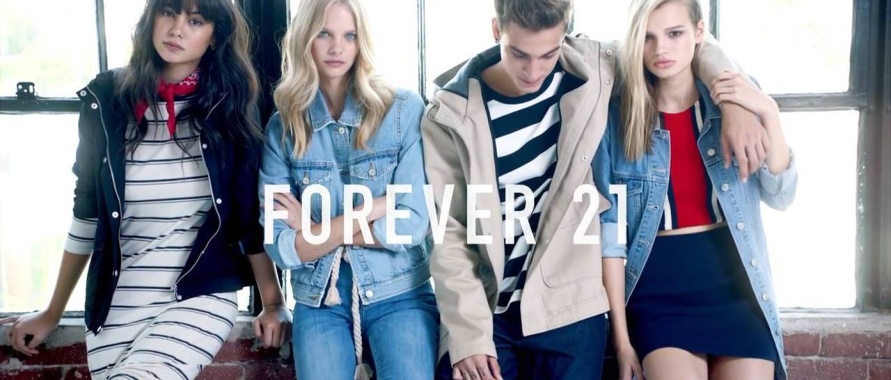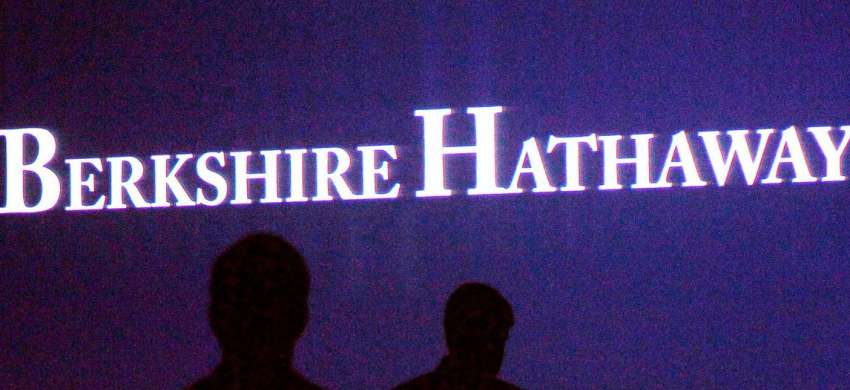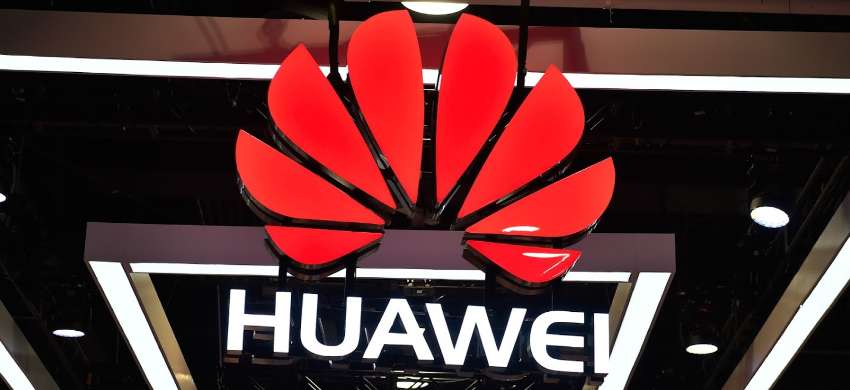Company name: Forever 21
Founder: Do Won Chang and Jin Sook Chang
Year: April 21, 1984
Total Assets: US$ 1.4 billion
Revenue: US$ 4 billion
Net Income: US$ 124 million
Country: United States of America
Headquarter: Los Angeles, California
Industry: Apparel
Webpage: https://www.forever21.com
Number of employees: 30,000
Forever 21 became one of the biggest and most competitive fast fashion retail store manufacturers on the globe competing on cheap costs, items, prime places, and quick international strategies. This has allowed the Los Angeles based Forever 21 brand to contend directly with famous international fashion brands like Zara (Inditex group), H&M, Uniqlo and several other industry players. During their 2016 financial season, Forever 21 has approximately USD 43.8 billion dollars in international product sales from more than 790 shops across 48 countries, managed by more than 30,000 workers.
The Forever 21 product and their associated lines operate over 790 shops promoting men’s and women’s outfits throughout the U.S. and Canada, European countries, Africa, Oceania and across Asia. Forever 21’s achievements are caused by its capability to challenge top fashion houses in the quickly creating ready-to-wear fashion while maintaining some of the hugest discounts in the marketplace. Not only has Forever 21 become one of the biggest fashion brands on the globe, but also is honored on perpetuating the Christian principles its founder holds so dearly. This value can be seen with the printing of John 3:16 on the bottom of their signature yellow bags. For Forever 21’s founder, Do Won (Don) Chang and his spouse Jin Sook Chang, Forever 21 is about more than promoting outfits, but the personification of achieving the America dream.
With its entrepreneurs valued at USD 3.1 billion dollars as of March 2018 and a goal to become a USD 8 billion dollars company and open 600 new shops in the next 3 years, Forever 21 continues to be an independently owned company. Do Won Chang continue to be the owner and owner, his spouse carries on to supervise all of the company’s items while their children Linda and Esther Chang are the Merchandising and Senior Marketing Director, and head of the Visual Display team, respectively.
The story of how Forever 21 started goes like this: Two poor Korean immigrants, Do Won Chang and his spouse, Jin Sook Chang, established the first Forever 21 shop in Los Angeles, California, back in 1984 as a true family member run operation after they came to the US almost 30 years ago. Before opening their first shop, Do Won proved helpful hard to pay, and he did cleaning perform and proved helpful at a gas station and a restaurant.
The Forever 21 product is split into eight sub-brands all broken up by style but located in the same over-sized Forever 21 shop which range from 900 sq. ft. as the actual to 162,000 sq. ft. as the biggest. The average Forever 21 shop is 38,000 sq. ft.
Forever 21’s production style allows the organization to surpass many of its competitive manufacturers offering clothes at a similar cost. Not only can Forever 21 undersell most other brands, their capability to quickly change their items gives them an advantage above many fashion retail store companies. As Forever 21 carries on to build its customer base with the making of new brands and items, they at the same time endanger any foundation their competition incorrectly believed they had.
Also, Forever 21’s concentrate on retail stores rather than advertising has allowed them to take up some of the most desired after property in major places around the globe, making their items readily available and accessible to almost every industry available. As they continue to expand, they will also proceed with learning about the changing international fashion landscape, and in particular about opponents like ZARA, Hennes & Mauritz (H&M), Uniqlo and many other opponents.
Forever 21 recently faced conflicts over their workers’ labor conditions and pay. The Los Angeles Labor Department revealed that an investigation into Forever 21 discovered proof of “significant” offenses of federal rules on lowest salary, extra time, and documentation by providers providing the organization. The suit is ongoing, which means that it will keep tarnishing the brand’s popularity as well as limit desire to operate at the organization.
 As a company whose interpreting top quality is its cost, Forever 21 will need to sustain an aggressive cost despite changes in the marketplace. This will force the organization to figure out ways to reduce costs in areas of manufacturing and traditionally when this occurs, the high company’s product often decreases significantly. In addition to this, customers’ objectives are becoming more and more critical. Forever 21 will need to balance cost for the lowest top quality in their outfits.
As a company whose interpreting top quality is its cost, Forever 21 will need to sustain an aggressive cost despite changes in the marketplace. This will force the organization to figure out ways to reduce costs in areas of manufacturing and traditionally when this occurs, the high company’s product often decreases significantly. In addition to this, customers’ objectives are becoming more and more critical. Forever 21 will need to balance cost for the lowest top quality in their outfits.
Forever 21, like its entrepreneurs, developed from one small store to one of the world’s biggest fashion retail store companies. Forever 21’s production model and costs set them apart from almost all other members of the style industry allowing them to keep growing at the rapid rate they have within the last 34 years. While their top quality might not compare, their capability to duplicate the most current styles has even the most brand-conscious rushing to their shops. While they have been extremely effective in the previous with their quick development and international development, they will need to start paying more attention to their style piracy – a growing problem which they may eventually be unable to simply settle.
Forever 21 gives back to those in need, having carried items throughout the years in aid of several companies. Buys from the popular store have brought about the contribution of $11.5 million value of merchandise throughout 2016 to international charitable groups such as Soles4Souls, On Your Feet and the Feed Project.
Soles4Souls is a charity that gathers and distributes shoes and clothing to deprived areas in 127 countries around the entire globe and throughout the U.S. As a part of its collaboration with Forever 21, Soles4Souls has provided more than 800,000 models of clothing. Initially established as a catastrophe relief organization, Soles4Souls offered footwear to those affected by the Indian Ocean tsunami in 2004 and Hurricane Katrina in 2005.
 Forever 21 gives returning through its cooperation with the On Your Feet Family Resource Center, which provides assistance to low-income or abandoned families and individuals, housing, tasks, board and care features and other companies. Forever 21 provides nearly 700,000 units value of clothing donations, which reach sufferers of mishaps in Nepal, Chile, Bohol, and Haiti.
Forever 21 gives returning through its cooperation with the On Your Feet Family Resource Center, which provides assistance to low-income or abandoned families and individuals, housing, tasks, board and care features and other companies. Forever 21 provides nearly 700,000 units value of clothing donations, which reach sufferers of mishaps in Nepal, Chile, Bohol, and Haiti.
An effective solution to this issue will mean a simple change in product identification and a necessary concentrate on credibility and creativity in fashion, but as long as the Forever 21 product is able to sustain their cost, merchandising, and concentrate on location investment they are likely to remain in the lead of the affordable designer conversion in the fast fashion retail industry.






